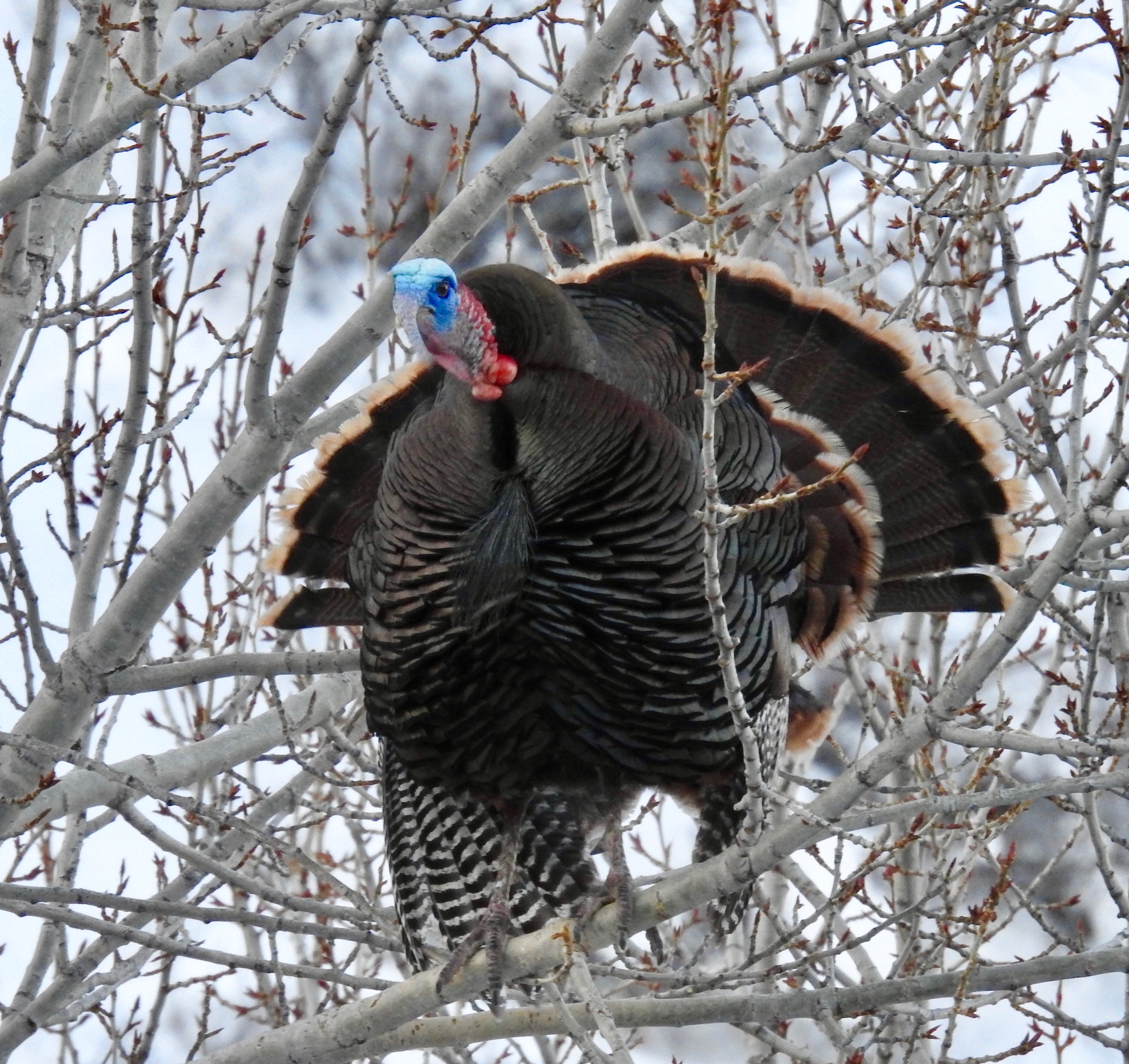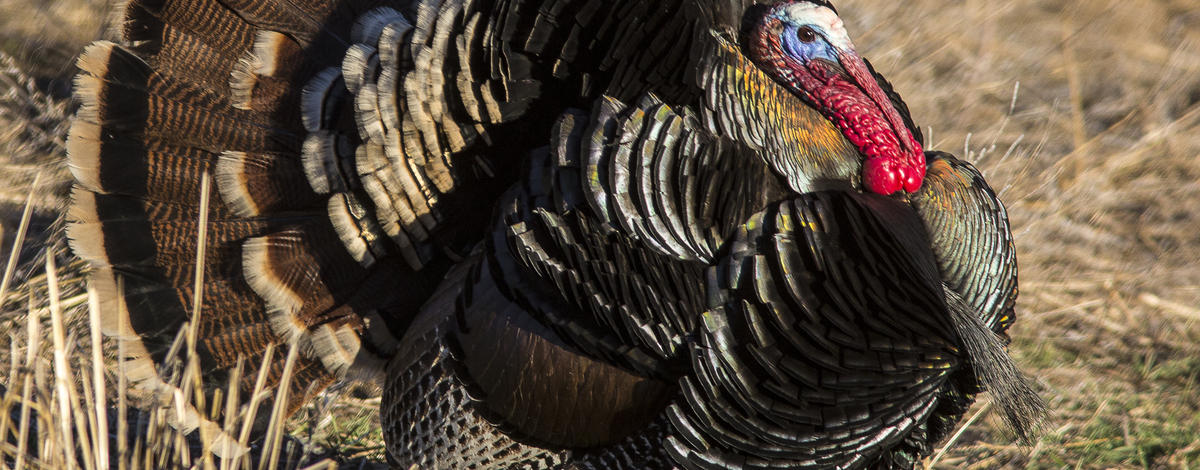As hunters notch their deer and elk tags, grind up burger, and line up their fleet of duck decoys, it’s easy to forget about one customary fall tradition. While the general fall turkey season has ended across much of the state, the chance to serve a wild bird at your next holiday feast is still an opportunity in Idaho’s Panhandle and Clearwater regions.
“Hunting turkeys in the fall can be just as exciting as in the spring,” said Jeff Knetter, Fish and Game upland game and migratory game bird coordinator. “Plus in some places, you will likely have the woods all to yourself.”

Fall turkey hunts in Idaho have expanded over the years as turkey populations have increased. Quality hunting can still be found on both public and private lands in the Clearwater and Panhandle regions.
The general season in the Panhandle runs through Jan. 31 in management units 1, 2 (except Farragut State Park and Farragut WMA) 3, 4, 4A, 5 and 6. In the Clearwater, the season runs Aug. 30 through Jan. 31 in management units 8, 8A, 10A, 11, 11A, 13, 14, 15, 16 and 18.
During fall seasons the daily bag is equal to the number of valid tags possessed. Either sex turkeys may be taken during the fall. The maximum number of tags one hunter can possess in one year is six.
A reminder that airguns are also legal methods of take, as long as the projectiles are .30 caliber or larger.
See the 2021-2022 Upland Game, Turkey, and Furbearer brochure for full turkey hunting seasons and rules.
Hunting on private land
Finding a place to hunt can be as easy as looking at a map or asking a landowner for permission.
Private land hunting in particular is an excellent way to harvest a wild turkey just in time for the holidays. Because it is not uncommon for several hundred turkeys to congregate on or near private property where livestock is fed or crops are being stored, the damage and nuisance they can cause can quickly become a headache for landowners. Providing additional harvest opportunity, particularly in the fall and winter when the birds are concentrated, is the best way to address landowner concerns.
“Many landowners will welcome hunters because they want turkey flocks reduced on their lands,” Knetter said. “But it’s critical that hunters always ask for permission first, and if allowed to hunt, always follow the landowner’s wishes.”
It always seems to be a bit of a joke (at the hunter’s expense) when turkeys take to private lands during fall turkey season. If you happen to see a rafter of turkeys (yes, that is what a group of turkeys is technically called), consider politely asking the landowner if they’re having any bird-related issues on their land and if they would let you assist in alleviating this issue.
Fall hunting strategy and safety
Fall turkey hunting and spring turkey hunting are two separate animals. Hunters will need to adjust their hunting tactics during the fall season, as there is little or no gobbling activity and turkeys congregate in small groups. The basic hunting strategy is to find and break up a group, scattering them in all directions. Hunters then wait as near as possible to the spot where the group was first encountered. Younger birds will usually return within an hour while an old gobbler may take three to four hours.
Fall turkey hunting also presents some unique safety concerns as turkey hunters dress in complete camouflage, make the sound of a turkey and often conceal themselves in dense vegetation. They also share the woods with camouflaged big game hunters in some areas. Hunters must always be certain of their target and what is beyond before pulling the trigger.
To the victor go the spoils
So you successfully bagged a fall turkey – now what? The next step is processing the meat and finding a clever (or cleaver), or perhaps tried and true, way to serve your hard-earned bird to your friends and family. There are several ways to utilize the five most useable cuts of the bird: the breast, the tenderloins, the wings, the thighs and the drumsticks.
Set it and forget it with a slow-cooker. Or maybe go with a classic herb-rubbed turkey breast. Remember wild turkeys are different birds than the store bought varieties, and you will probably want to cook them differently.
And for the traditionalist looking to wow their guests this Thanksgiving or Christmas with a classic, golden-brown whole bird that didn’t come from a grocery store, you can’t go wrong with a perfectly brined, oven-roasted turkey recipe.
Hunting fall turkeys in Northern Idaho is a great opportunity to get outdoors, to take youth or new hunters out for an experience to remember, and one last chance at putting some game in your freezer or on your dinner table. By understanding the rules and regulations you can take comfort knowing that you’re participating in spring turkey hunting the appropriate way. Best of luck.

